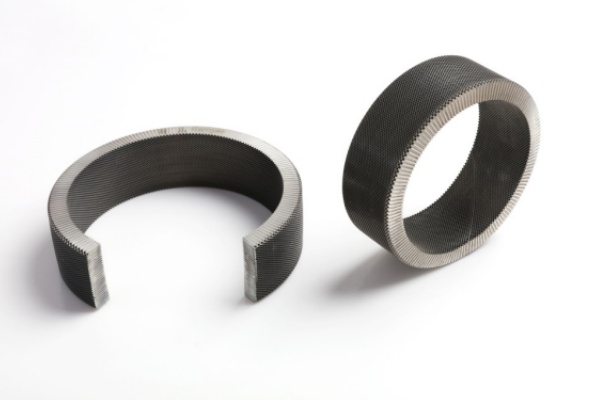To be a valuable global supplier
for metallic honeycombs and turbine parts
Release time:2025-06-26
The advancement of round metal substrate technology has revolutionized catalytic converter design, offering distinct advantages over conventional ceramic carriers. This paper systematically examines how geometric parameters—including cell density and channel morphology—affect catalytic performance in round metal substrate architectures. Special emphasis is placed on thermal expansion compatibility, a critical factor determining substrate durability under automotive exhaust conditions.

Round metal substrate configurations demonstrate 23% higher geometric surface area than equivalent ceramic designs when employing 600 CPSI (cells per square inch) hexagonal channels. The continuous metallic structure in round metal substrate enables 15-18% faster heat conduction during cold starts, significantly reducing light-off time. Comparative studies reveal that sinusoidal channel profiles in round metal substrate improve turbulent flow characteristics without increasing backpressure, whereas ceramic substrates suffer from flow distribution irregularities above 500°C.
The coefficient of thermal expansion (CTE) mismatch in round metal substrate systems is mitigated through graded alloy compositions, achieving 40% lower thermal stress than ceramic-metal hybrid alternatives. Infrared thermography confirms that round metal substrate maintains 92% surface temperature uniformity during thermal cycling, compared to 78% for ceramic counterparts. This inherent thermal stability of round metal substrate prolongs washcoat adhesion lifetime by minimizing interfacial delamination.
As evidenced by this study, round metal substrate represents a paradigm shift in catalytic substrate engineering. The synergistic combination of geometric flexibility and thermal robustness positions round metal substrate as the optimal platform for next-generation emission control systems. Future research should explore additive manufacturing techniques to further enhance the geometric precision of round metal substrate architectures.